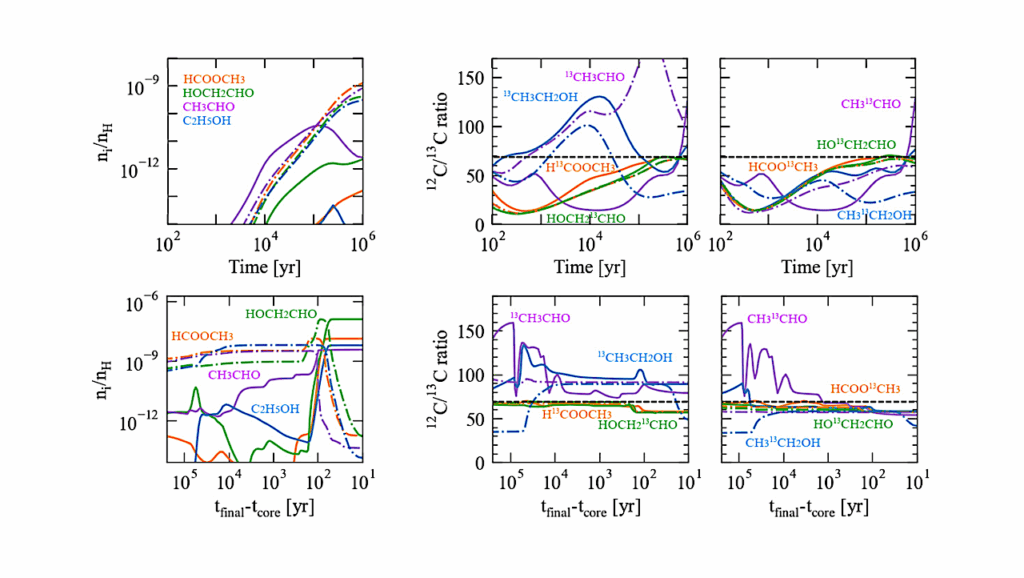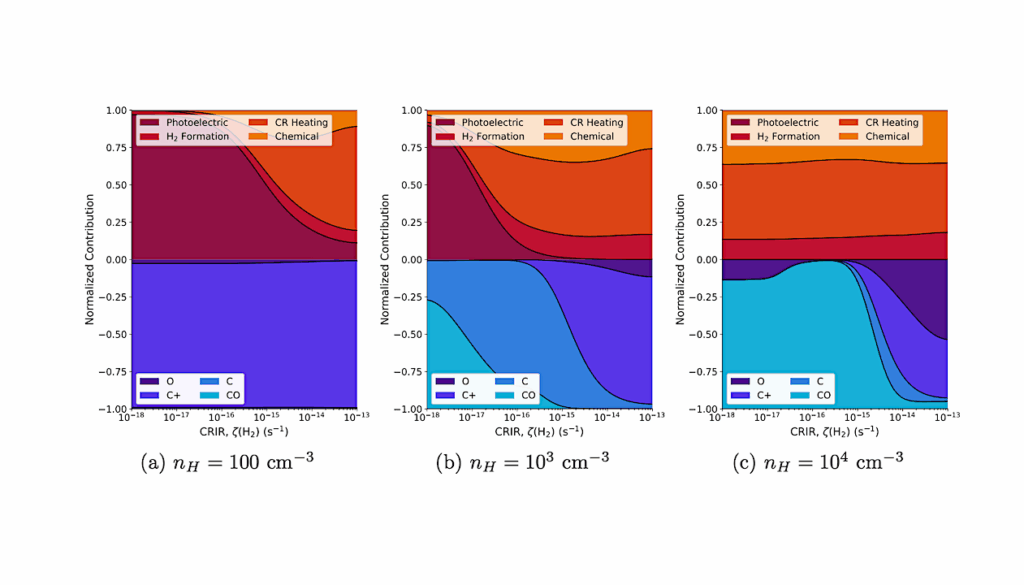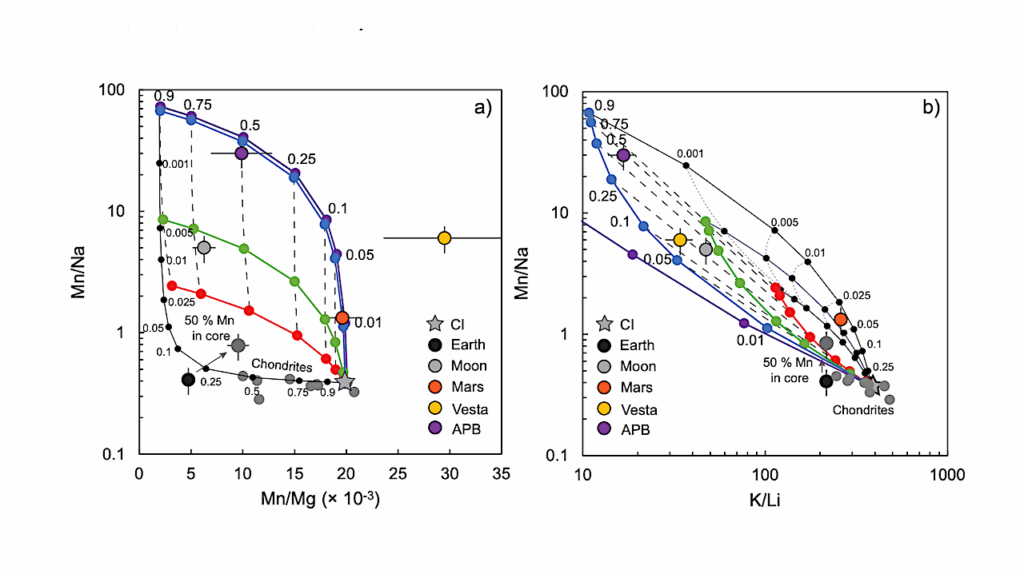Polycyclic Aromatic Hydrocarbons in Exoplanet Atmospheres: A Detectability Study

In this paper, we explore the detectability of polycyclic aromatic hydrocarbons (PAHs) under diverse planetary conditions, aiming to identify promising targets for future observations of planetary atmospheres.
Our primary goal is to determine the minimum detectable mass fractions of PAHs on each studied planet. We integrate the one-dimensional self consistent model petitCODE with petitRADTRANS, a radiative transfer model, to simulate the transmission spectra of these planets.
Subsequently, we employ the PandExo noise simulator using the NIRSpec PRISM instrument aboard the JWST to assess the observability. Then, we conduct a Bayesian analysis through the MULTINEST code. Our findings illustrate that variations in C/O ratios and planet temperatures significantly influence the transmission spectra and the detectability of PAHs.
Our results show that planets with [Fe/H]=0 and 1, C/O=0.55, and temperatures around 1200 K are the most promising for detecting PAHs, with detectable mass fractions as low as 10−7, or one thousandth of the ISM abundance level. For colder planets with lower metallicities and C/O ratios, as well as hotter planets with carbon-rich atmospheres, PAHs can be detected at abundances around 10−6.
These results aid our strategy for selecting targets to study PAHs in the atmospheres of exoplanets.
Rosa Arenales-Lope, Karan Molaverdikhani, Dwaipayan Dubey, Barbara Ercolano, Fabian Grübel, Christian Rab
Comments: 14 pages, 14 figures
Subjects: Earth and Planetary Astrophysics (astro-ph.EP)
Cite as: arXiv:2411.07738 [astro-ph.EP] (or arXiv:2411.07738v1 [astro-ph.EP] for this version)
https://doi.org/10.48550/arXiv.2411.07738
Focus to learn more
Submission history
From: Rosa Arenales-Lope
[v1] Tue, 12 Nov 2024 12:00:56 UTC (9,495 KB)
https://arxiv.org/abs/2411.07738
Astrobiology, Astrochemistry,








